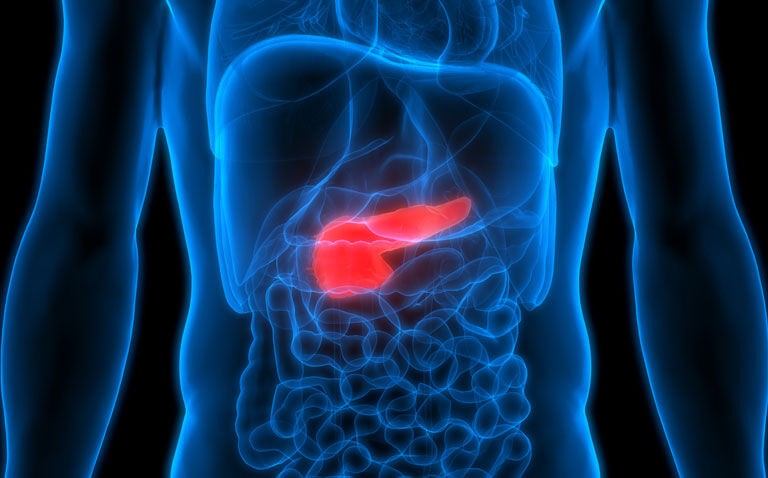A bionic pancreas that automatically delivers insulin gave better control of glycated haemoglobin compared to standard care in a recent RCT
A bionic pancreas can provide better control of glycated haemoglobin levels compared to standard care according to the findings of a randomised trial by a team of US researchers.
The term ‘diabetes’ refers to a group of diseases characterised by high blood glucose levels that occur due to a deficiency in the production or function of insulin or both. Type 1 diabetes is the main form diagnosed in childhood and characterised by increased blood glucose levels resulting from insulin deficiency. It is relatively common and in a 2020 study, it was estimated that globally, the incidence of type 1 diabetes was 15 per 100,000 and had a prevalence of 9.5%.
Multiple studies have confirmed that a higher glycated haemoglobin (HbA1c) level is an independent risk factor for diabetes complications. As a result, according to a consensus report in 2021 by the American Diabetes Association and the European Association for the Study of Diabetes, a HbA1c goal for most adults of <53 mmol/mol (<7.0%) without significant hypoglycaemia is appropriate. Nevertheless, in a US real-world study of 31,430 type 1 patients, only around 20% had a HbA1c of < 7%.
Currently, hybrid closed-loop insulin-delivery systems are able to partially automate insulin delivery and have shown improved glycaemic control in adults and youth with type 1 diabetes by reducing both hyperglycaemia and hypoglycaemia. Another innovation is a bionic pancreas, which represents an automated insulin delivery system initialised only with body weight and without any information about previous insulin dosing. A bionic pancreas works together with a continuous sugar monitoring (CGM) tool to autonomously deliver insulin and/or glucagon to control an individual’s blood glucose level in response to their real-time sensor glucose readings from the CGM.
In the present study, US researchers undertook a randomised trial to compare a bionic pancreas which provided either aspart or insulin lispro with standard care in terms of managing glycated haemoglobin levels. For the study, standard care was defined as any insulin-delivery method with unblinded, real-time continuous glucose monitoring. Individuals aged 6 years and older who were diagnosed with type 1 diabetes and using insulin for at least 12 months, were randomised 2:1 to the bionic pancreas (with insulin aspart or lispro) or standard care. The primary outcome was the glycated haemoglobin level at 13 weeks, whereas secondary outcomes included the percentage time that glucose levels were below 3 mmol/L and the percentage of time that glucose levels remained in the target range of 3.9 to 10 mmol/L.
Bionic pancreas and glycated haemoglobin
A total of 326 adults and children with a mean age of 28 years (49% female in the bionic group) were included in the analysis.
The mean glycated haemoglobin level was 7.3% (down from a baseline of 7.9%) in the bionic group but remained unchanged at 7.7% in the standard care group (mean adjusted difference = -0.5, 95% CI -0.60 to – 0.30, p < 0.001).
However, the percentage of time with glucose levels below 3 mmol/L was not significantly different. In contrast, both the mean glucose level and the percentage time spend in the target range of 3.9 to 10 mmol/L were both statistically significant, favouring the bionic pancreas. In fact, based on the percentage time within the target range, the researchers calculated that the difference of 11% equated to an increase of 2.6 hours/day for the bionic group.
The rate of severe hypoglycaemia was 17.7 events per 100 participant-years in the bionic group and 10.8 events for the standard care group which was non-significant (p = 0.39).
The authors concluded that the bionic pancreas was associated with a greater reduction in glycated haemoglobin compared to standard care.
Citation
Bionic Pancreas Research Group. Multicenter, Randomized Trial of a Bionic Pancreas in Type 1 Diabetes N Eng J Med 2022










